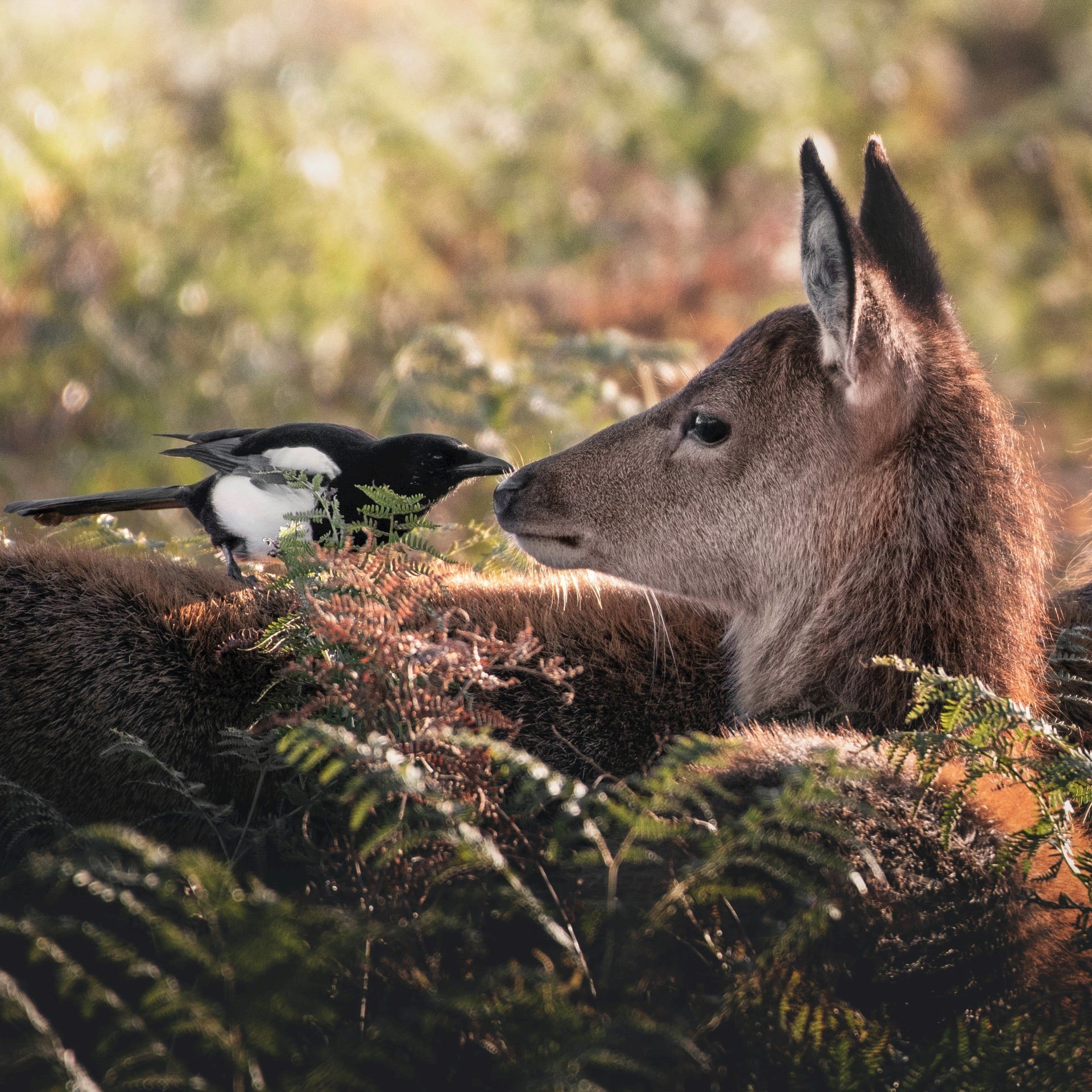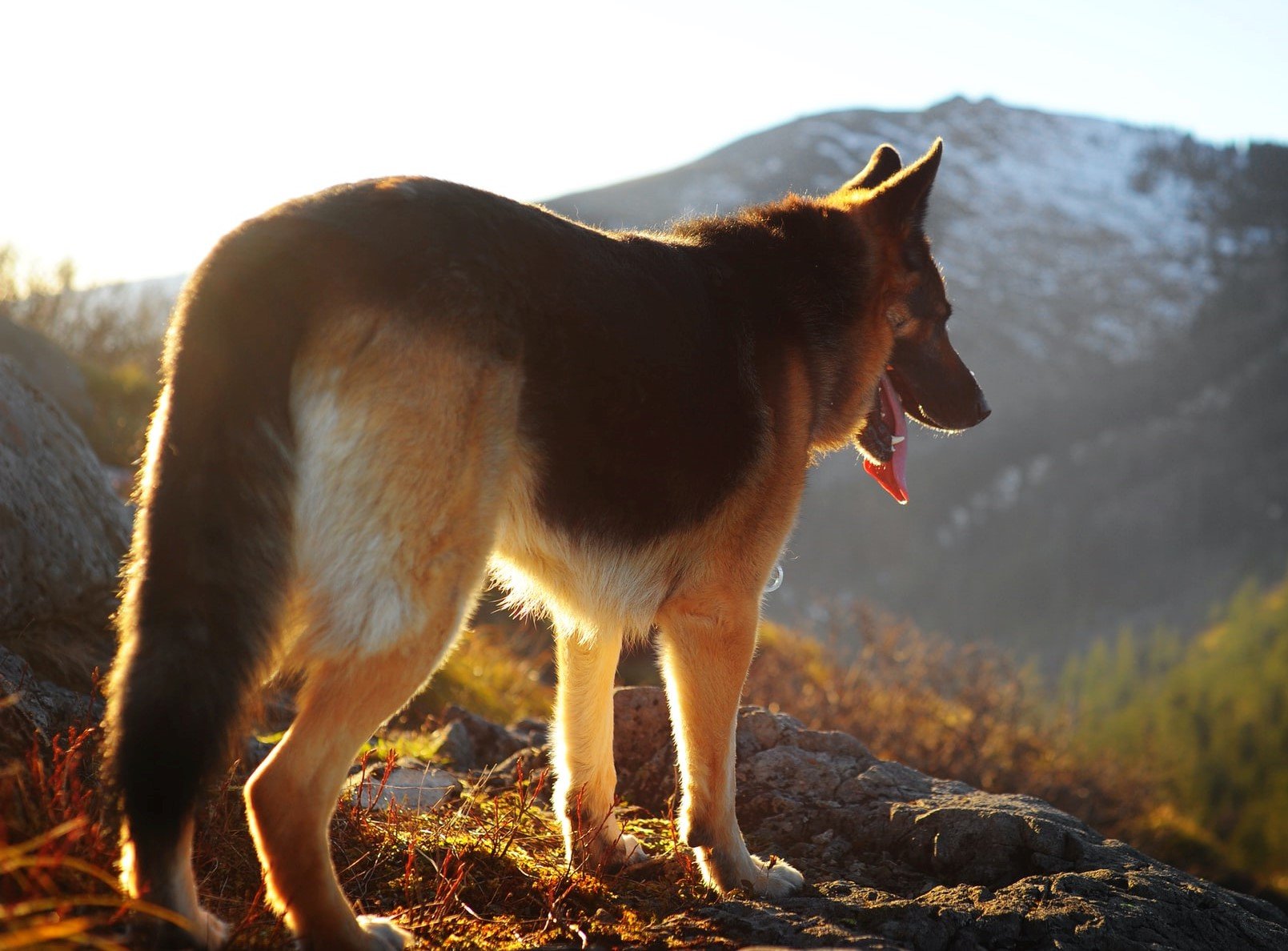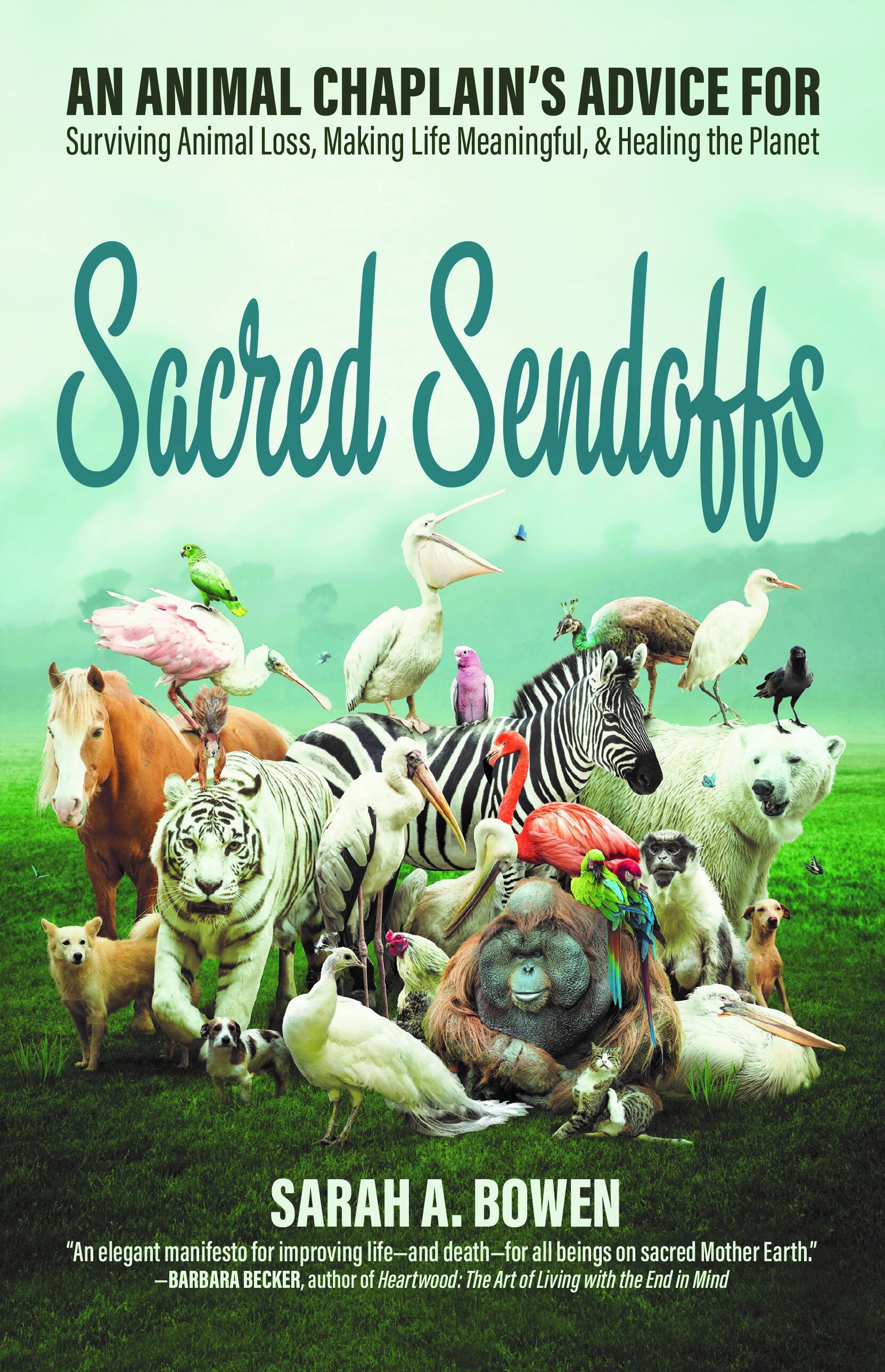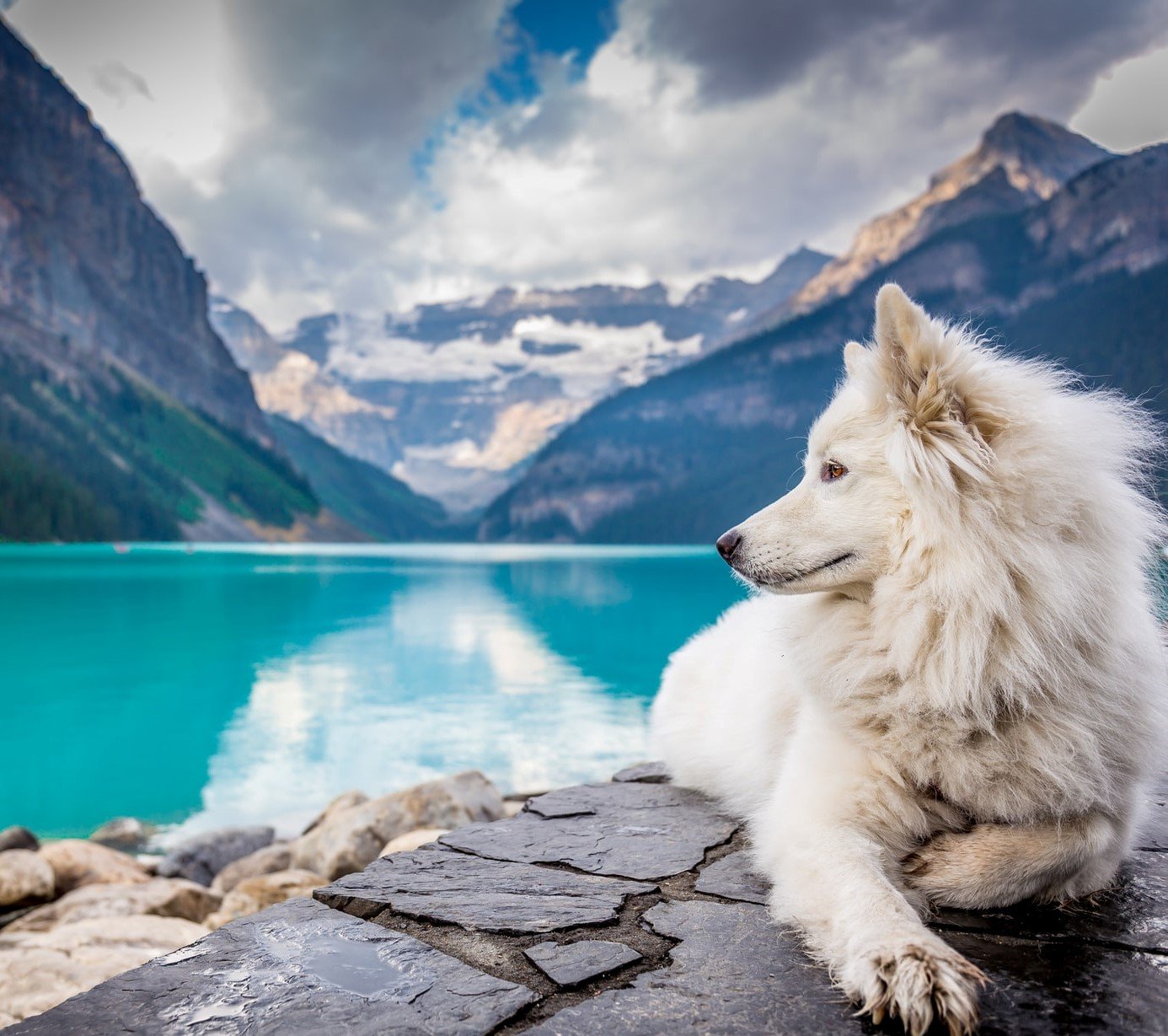Animals
Not Fur Much Longer
Fur farming is at an historic low in Canada and continuing to decline. As of 2021, there were 79 mink fur farms and 18 fox fur farms, the lowest numbers since records began in 1981. Surveys show there is broad national support for a ban. Meanwhile, in Denmark (previously the world’s largest mink producer) many mink breeders are leaving the industry after having to cull approximately 15 million animals in late 2020 due to fears that a Covid-19 mutation could pose a risk to human health. The Danish government extended a temporary ban until 2023 and only a handful of producers have chosen to resume business if the government decides this month to lift the ban effective next year. It’s possible that limited breeding may be allowed. According to animal welfare campaigners, legislative proposals to ban fur farming are being considered across Europe.
Food
A Prescription for Food Shocks
The war in Ukraine has precipitated another global food crisis causing shortages and rapidly rising food prices for the millions who rely on grain supplies from Russia and Ukraine. A new report by IPES Food sets out the major changes needed to prevent future global food shocks. First, diversify food crops. Just three crops (wheat, rice and corn) provide 50% of plant-derived food energy globally. Second, increase food crops grown within each country to reduce dependence on foreign suppliers. Third, adopt crops more suited to changing growing conditions, e.g. replace rice with corn, and introduce hardier varieties to withstand the impacts of climate change. Lastly, seek more transparency and control speculation in global grain markets. Interesting that these changes were identified after the 2007-08 food crisis but weren’t implemented.
the Climate Crisis
Taking Our Planet Off the Boil
From record-breaking heat waves in India and Pakistan to heat-related power failures in Texas, millions of people are struggling with “our world at a boiling point.” A new report charts the ripple effects such as drought, crop failures, higher food prices and conflict, all of which exacerbate inequality. But research from the Stockholm Environment Institute says that bold, science-based decision-making, and redefining our relationship with nature can address these interlinked crises. The report says transformative change will come from: making sustainable lifestyles the easy and preferred choice; transforming people’s relationship with nature by integrating it into cities; protecting animal welfare and shifting to eating more plants; designing solutions based on indigenous knowledge; and campaigning globally for nature-based education for children.
words of wisdom
“Cultivated meat [growing meat from animal cells] matters because it will enable us to eat meat without all the harm, without bulldozing forests, without the need to slaughter an animal, without the need to use antibiotics, without accelerating zoonotic diseases.”
— Josh Tetrick, CEO of Eat Just
Photo: Austin Santaniello on Unsplash
On The Horizon
“Witnessing the Birth of an Industry”
This was the most exciting part of filming Meat the Future says award-winning Canadian documentary film-maker Liz Marshall, who has written and produced a compelling inside look at a revolutionary new way to make food. Described as “one of the biggest ideas of the century” by Dr. Jane Goodall who narrates the film, Meat the Future humanizes what is a really big and, for some, scary idea of using technology to produce meat directly from animal cells using a bioreactor rather than an animal’s body.
Cultivated meat is a paradigm shift but with all of the negative ecological, climate and health impacts of industrialized animal agriculture — and meat consumption projected to double globally by 2050 – cultivated meat offers a solution and hope for the future. And it’s much more likely to succeed because people are not being asked to give up eating meat.
To tell the story, the film traces the remarkable journey of Dr. Uma Valeti, from Mayo Clinic cardiologist to one of the leading cultivated meat pioneers, as co-founder and CEO of Upside Foods (formerly Memphis Meats). By replacing the raising and slaughtering of animals, cultivated meat offers to transform the global food system, revolutionize agriculture, tackle the climate crisis and radically improve the environmental health of the planet.
But it’s Uma Valeti’s passion, his willingness to take risks to unleash the massive and multiple benefits of growing meat in a bioreactor, that lie at the heart of the film — the world's first and only feature-length documentary about the birth of the cultivated meat industry.
PFN asked Liz Marshall about the importance of this revolution in food systems and about making this film. Here are some excerpts from our conversation.
Why were you attracted to this story?
When I first heard about the little meatball [from Memphis Meats] that could change the world, the light bulb went on for me right away. It was great to be there at ground zero, at the genesis stage of something that could really change the food system, how we think about food and of course potentially address the devastating issues that we care about, the climate crisis, human health and animal suffering.
Tell us about Uma Valeti, the central character of the film.
He is a visionary but is grounded, is so determined, morally motivated and he takes enormous risks. He has an interesting life trajectory, raised in India, becoming a successful cardiologist at the Mayo Clinic and then pivoting to start this big idea. He took a great risk.
Cooking up some cultivated meat. Left: Liz Marshall, Right: Uma Valeti. Photo: Meat the Future
When you began filming, did you realize you were capturing something really significant?
We were really a witness to something being born, the birthing of an industry. It was exciting, unique and important. We were on the ground, in the room and witnessing these moments, we were behind the scenes of something that has never been done before. We were filming a piece of history.
Don’t miss the rest of our fascinating interview with Liz Marshall
You can watch Meat the Future on CBC Gem (Canada), Apple TV, and the Documentary Channel. Click meatthefuture to check availability in your area.
perspective
Author of “Sacred Sendoffs”, Sarah Bowen. Photo: Francesco Mastalia
Bringing Spirituality into Animal and Planetary Welfare
Following on from last month, here is the second part of our interview with Sarah Bowen, award-winning author, columnist, speaker and teacher, who explores the connectivity of environmental issues and human-animal relationships in her latest book, “Sacred Sendoffs: An Animal Chaplain's Advice for Surviving Animal Loss, Making Life Meaningful, & Healing the Planet”. For those of us who know the pain of losing our companion animals, Sarah’s book is especially relevant. You’ll also find some excellent advice on her website.
Why is acknowledging wildlife loss essential for planetary healing?
When we become attuned to the wildlife around us that is dying, we can more easily see problems in the habitats we live in.
Talking about free-living beings who live around us is often more actionable than conversations about animals we have never seen. So, let’s talk about my favorite species: squirrels! Are there any in “your” yard? Or at a park near you? Bring one to mind.
Now, did you know it’s estimated that over a million animals are killed each day on roads in the United States alone? A million… a day! With this knowledge, can you view squirrels as another commuter who has a right to use the streets, too? And then, might you be willing to slow down when you drive to give yourself extra time to react if another being enters the roadway? Would you avoid texting to potentially save your life and theirs?
If we can start talking about this kind of animal loss ― and see how preventable it is ― we feel like we are making a difference. And by talking to friends and family about their love of wildlife and “nature” — and the problems these species face — we may be able to help extend their compassion species-by-species, from local squirrels and bunny rabbits to eventually include all the endangered, exploited, and captive animals, too.
And that can lead to planetary healing for all of us Earthlings — whether we’re human, furry, feathered, or finned.
Photo: Ana Paula Grimaldi on Unsplash
Do you see any glimmers of hope in our societies today?
Yes! Thirty-two countries have formally recognized “non-human animal” sentience. It’s illegal in a growing number of countries to boil a lobster. More and more vegan/cruelty-free products are showing up in “big box” stores. Fashion brands vow to drop fur. Eight states in the U.S. have banned wildlife killing contests.
Rivers in Canada, India, New Zealand — and even Colorado — have been granted legal personhood! And did you know Pālītāṇā in India became the first city in the world to be legally vegetarian? They banned the buying and selling of meat, fish, and eggs (though not dairy), and also some jobs, including fishing and animal farming!
I’m also inspired by the Nonhuman Rights Project and Animal Legal Defense Fund, which work towards the legal reclassification of animals from property to persons in the United States, where I live.
Now, we need to make sure we spread these stories — like sharing articles from Planet Friendly News and other compassionate news venues — to get our friends and family curious: “Did you know it’s legal in many states to have wildlife killing contests? Geesh. Let’s get involved in changing that!”
How would you like to see animals being treated 100 years from now?
Well, that’s a big question, isn’t it? There’s so much we need to do as a species to change how we act and quash the systems we perpetuate and scaffold.
I’d like to see all species recognized as autonomous beings who are sentient. I’d like to see all beings … free from pain and exploitation, revered for their unique contributions to the planet, and living in peace with each other and humans.
I realize this is optimistic and romantic, as human animals can’t even do that with each other! Admittedly, some animals are still probably going to eat other ones. For example, cats like the ones I live with are probably going to want to torment mice. And, if I’m miraculously around at the ripe old age of 150, I might still be in my backyard yelling at the red-tailed hawk not to eat “my” squirrels. And we have a very long way to go to treating other living beings on this planet ― beyond those categorized as animals ― compassionately! Yet, all that fantasy acknowledged, I still hold this vision as the one I am working towards: Peace for all beings.
How will people looking back 100 years from now feel about of our treatment of animals today?
Embarrassed.
Do you believe that animals have spiritual lives?
Yes! And some, of course, are probably indifferent about spirituality, too, just like human animals.
How does your new book Sacred Sendoffs approach this concept?
Starting with the work of Jane Goodall and then exploring research by other primatologists, neurologists, and animal theologians, I provide evidence that animal spirituality might not only be possible but prevalent. Indeed, neurological research suggests that what we describe as a spiritual experience — as well as mindfulness and meditation — may be possible for animals with similar brain structures to ours, such as primates, horses, cats, and dogs.
The type of spirituality that other-than-human animals might experience is likely different than the religions humans have developed. Thus, we must decenter language and specific cognitive functions from spirituality. In their place, we can then focus our definition of spiritual on experiences of aliveness and connection to “something greater than ourselves.” This kind of inclusive spirituality does not necessitate worship, God, or beliefs and does not require language. Instead, it is based on actions such as reverence for other beings and our habitats, observing with mindfulness, and experiencing awe and wonder. Or being overwhelmed by grandeur! In Sacred Sendoffs, I detail some of the ways this shows up throughout the animal kingdoms.
If you enjoyed our conversation with Sarah and would like to learn more about her work, you can order her book at www.sacredsendoffs.com
Animal Welfare
not a good look
When we see a wallet, a purse or a pair of shoes we don’t tend to think of animals. They are hidden in the goods we buy and wear. But this is not all that’s hidden according to “SLAY” a feature- length documentary due to be released later this year from investigative film-maker Rebecca Cappelli and producer Keegan Kuhn (Cowspiracy, What The Health). The film documents some of the realities of today’s fashion industry including greenwashing, mislabeling and animal cruelty, while also focusing on the people who work in the industry and some of the sustainable alternatives. Filmed in Australia, China, India, Europe, US and Brazil, with music from Kate Bush, Moby, and others, SLAY questions the acceptability of killing an estimated 2.5 billion animals a year to feed our obsession with fashion.
Good news
The Beautiful Game Is Going Green
Forest Green Rovers (FGR) — a UK, all-vegan soccer club — is the first to be certified as carbon neutral by the United Nations. So, how did FGR become the world’s greenest football club?
The entire facility is powered by 100% green energy some of which is generated by solar panels on its stadium roof. The playing surface is organic grass, free from pesticides and weed killers, and mowed by a GPS-directed, solar-powered lawnmower. And they use rainwater to irrigate the pitch.
FGR also provides electric car charge points for fans who are trying cut their carbon footprint, and players and fans eat vegan food at the stadium including plant-based burgers, spicy pasties and vegan fajitas — all made from locally sourced ingredients. The combination of concern for the environment and sporting success seems to be working. The club just got promoted to a higher division in their league.
Food Service Company Turns to Plant-Based Food to Reduce Carbon Footprint
Students at hundreds of US universities will be able to access plant-based meals more easily as French food-service company Sodexo, has decided that almost half of the meals it supplies to them will be plant-based by 2025. The company found that 70 percent of its carbon footprint was linked to animal-based foods.
Charting Our Path
How the World’s Land is Used: Total area sizes by type of use and land cover
Our World in Data
A Lot Bigger Than the Back Forty
The above map from Our World In Data captures the scale of the land footprint of our current food system. The surface area occupied by each category of land use has been consolidated and overlaid onto various countries and continents to better illustrate the size of its land footprint.
The footprint of the livestock system is massive being the biggest land user at 27%. Grazing land and cropland used for animal feed is equivalent to the area of North, Central and South America combined.
Pastures used for grazing livestock together with land used to grow crops for animal feed, account for 77% of all land used for farming globally. While livestock takes up most of the world’s agricultural land it only produces 18% of the world’s calories and 37% of total protein.
Cropland (minus land used for the production of animal feed) takes up 7% of the globe and is equivalent to the area of East Asia-Pacific, extending as far south as Thailand.
riveting reads
1. By joining the dots, this story shows how Americans are unknowingly contributing to deforestation in the Amazon. (The Washington Post) Devouring the Rainforest
2. As the search is on for less harmful sources of protein, microbes offer huge potential. (The Guardian) Swapping 20% of beef for microbial protein ‘could halve deforestation’
3. Bridging the divide, Miyoko Schinner is helping farmers get on board the food revolution. (Fast Company) Miyoko's Creamery wants to help dairy farmers pivot to crops
4. A sobering look at the tactics used by giant meat companies during the pandemic. (The Washington Post) Meat industry hyped ‘baseless’ shortage to keep plants open amid covid













